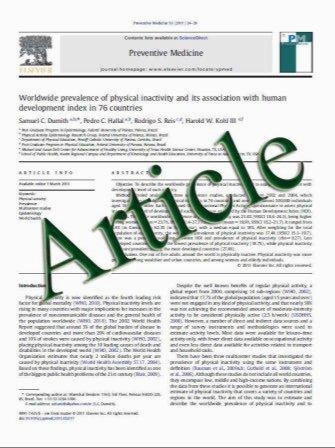Full-endoscopic technique for anterior cervical discectomy and interbody fusion: 5-year follow-up results of 67 cases
- نوع فایل : کتاب
- زبان : انگلیسی
- مؤلف : Nuzhao Yao • Cheng Wang • Wenjun Wang • Lushan Wang
- چاپ و سال / کشور: 2010
Description
With minimally invasive technique becoming more popular, endoscopic operations such as arthroscopy or laparoscopy have become the standard of care in several other areas. In this study, we evaluated the 5-year followup outcomes of anterior cervical (Ahn et al. in Photomed Laser Surg 23:362–368, 2005) discectomy and interbody fusion (ACDF) performed via endoscopic approach. Sixtyseven patients who underwent anterior cervical discectomy and cage fusion performed using endoscopic technique were followed for at least 5 years. We reviewed the clinical and radiographic records of these patients. The postoperative radiographic measures accessed were the anterior intervertebral height (AIH) and the lordosis angle (LDA). Clinical outcomes were determined using the previously validated Japanese Orthopaedic Association (JOA) and the pain visual analog scale (VAS). Patients included had a minimal follow-up period of 5 years and based on the outcomes criteria (JOA, VAS), 86.6% of patients reported excellent or good results. The AIH increased on average 18.7% of the original height (p\0.01), and the LDA were more physiologic at final follow-up. Of the 67 cases, there was no segmental instability, and the bone fusion rate was 100%. One patient required revision open ACDF due to adjacent segment disc herniation 6 years postoperatively. There were no intraoperative complications, dysphasia or esophageal injury in this study group. It indicated endoscopic technique for ACDF can obtain satisfactory results in patients with cervical disc herniation, cervical myelopathy, or radiculopathy. Compared with a traditional approach, this technique may be associated with less morbidity while improving cosmesis and postoperative recovery. Prospective randomized control trials are needed to directly compare these two procedures
Eur Spine J (2011) 20:899–904 DOI 10.1007/s00586-010-1642-0 Received: 29 June 2010 / Revised: 17 October 2010 / Accepted: 16 November 2010 / Published online: 11 December 2010


